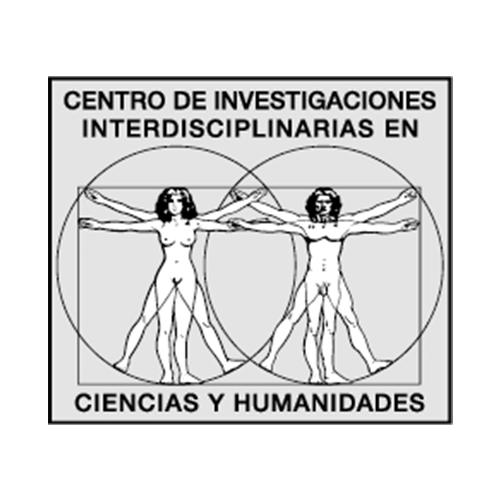Brief history of electron microscopy in Mexico and the world
Main Article Content
Abstract
The contribution of the electron microscope to nanosciences has been exceptional since it is the type of equipment that allows the study and analysis of nanometric materials. A brief historical review of the discovery and evolution of the transmission electron microscope (TEM) and scanning electron microscope (SEM) and the installation in Mexico of these electron microscopes is presented. The writing is in such a way that the text and illustrations complement each other.
Downloads
Article Details

Mundo Nano. Revista Interdisciplinaria en Nanociencias y Nanotecnología por Universidad Nacional Autónoma de México se distribuye bajo una Licencia Creative Commons Atribución-NoComercial 4.0 Internacional.
Basada en una obra en http://www.mundonano.unam.mx.
References
Breton, B. C., Chand, G., Caldwell, N. H. M., Holburn, D. M. (1997). Remote microscopy in the real world. Microscopy and Analysis (Eur. Edn.), septiembre: 9-21.
Breton, B. C. (2004). The early history and development of the scanning electron microscope. Engineering Department, Cambridge University. www-g.eng.cam.ac.uk/125/achievements/oatley/history.html
Calderón Benavides, H. A., José Yacamán M. (1998). Proceedings of the 14th-ICEM, México, Institute of Physics Publising, Bristol. Vols. I, II y III. ISBN-10: 0750305681. ISBN-13: 9780750305686.
Caldwell, N. H. M., Breton, B. C., Holburn, D. M. (1998). Making SEMs smarter. Microscopy and Analysis, noviembre: 9-11. Wiley Analytical Science.
Goldstein, J. I. (1992). Scanning electron microscopy and X-ray microanalysis. Nueva York: Plenum Press. ISBN 978-1-4613-0491-3. DOI: https://doi.org/10.1007/978-1-4613-0491-3
Hirsch, P., Howie, A., Nicholson, R. B., Pashley, D. W., Whelan, M. J. (1977). Electron microscopy of thin crystals. Nueva York: Krieger Publishing Company, NY. ISBN-13: 978-0882753768. ISBN-10: 0882753762.
Kimoto, S. (1985). The scanning microscope as a system. JEOL News, Jeol Ltd.
Lentzen, M. (2006). Progress in aberration–corrected high resolution TEM using hardware aberration correction. Microscopy Microanalysis, 12: 191-205. https://doi.org/10.1017/S1431927606060326 DOI: https://doi.org/10.1017/S1431927606060326
Martínez–Mena, A. (1988). Algunos aspectos de la historia de la microscopía en México. Revista Ciencias: Revista de Cultura Científica. Facultad de Ciencias, UNAM. 25-28. ISSN: 0187-6376.
Nixon, W. (1998). History and early developments of the scanning electron microscopy. Proceedings of the 14th-ICEM. Institute of Physics Publising, Mexico.
Rivera, M., Arenas–Alatorre, J. (2019). De los micrómetros a los picómetros: evolución de las técnicas de microscopía para el estudio de nanomateriales. Mundo Nano. Revista Interdisciplinaria en Nanociencias y Nanotecnología, 12 (23): 1e-25e. https://doi.org/10.22201/ceiich.24485691e.2019.23.67334 DOI: https://doi.org/10.22201/ceiich.24485691e.2019.23.67334
Scott, V. D., Love, G. (1983). Quantitative electron–probe microanalysis. Ellis Horwood Ltd. ISBN-10:0853125147. ISBN-13: 978-0853125143.
Stokes, D. J. (2012). Environmental scanning electron microscopy for biology and polymer science. Microscopy and Analysis, 67-71. www.microscopy-analysis.com
Toledo, C. A., Varela, R. (2005). 40 años del microscopio electrónico de barrido. Proc. V. Congreso de Microscopía Electrónica, Habana, Cuba. www.sld.cu/galerias/pdf
Yacamán, M. J., Krakow, W. (1998). Introduction to microscopy in Mexico. Microscopy Research and Technique, 40(1): 1. DOI: https://doi.org/10.1002/(SICI)1097-0029(19980101)40:1<1::AID-JEMT1>3.0.CO;2-0
Yacamán, M. J., Reyes-Gasga, J. (1998). Microscopía electrónica: una visión del microcosmos. México: Fondo de Cultura Económica. ISBN-10: 9681646215, ISBN-13: 978-9681646219.





